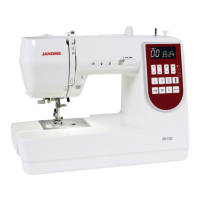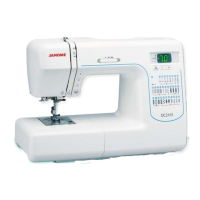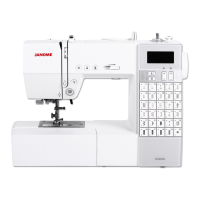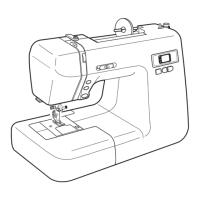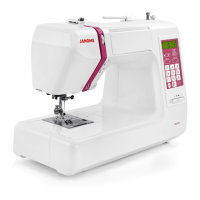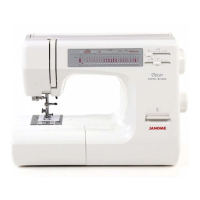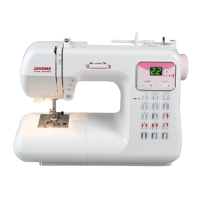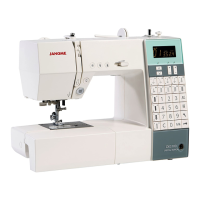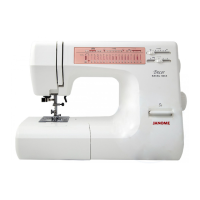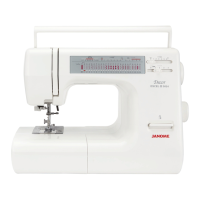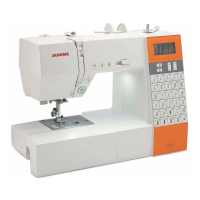Why is my Janome DM7200 skipping stitches?
- AAmy MillerAug 16, 2025
If your Janome Sewing Machine is skipping stitches, here are some possible causes: * The needle is incorrectly inserted, bent or blunt. * The needle and/or threads are not suitable for the work being sewn. * A blue tip needle is not being used for sewing stretch, very fine fabrics and synthetics; in this case, use the stretch stitch needle. * The needle thread is not threaded properly. * A poor quality needle is used; consider changing the needle.
